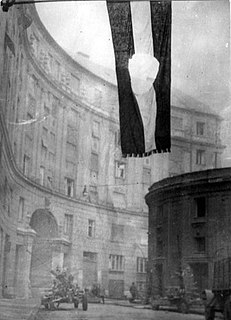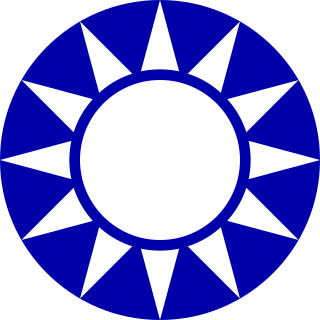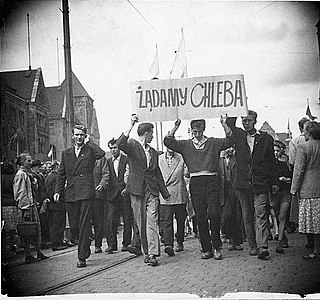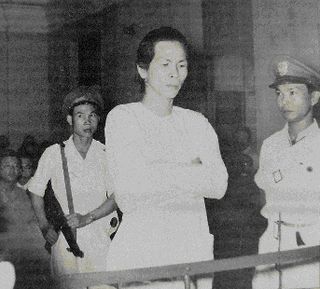 W
WThe Battle of the Corvin Passage was a battle fought in the Hungarian Revolution of 1956. It proved to be one of the most important battlegrounds during the war. A statue can be found at Corvin köz, near Corvin–negyed, to mark this important event in the Hungarian Revolution of 1956. The battle is known for starting the career of Gergely Pongrátz, founder of Jobbik.
 W
WThe March 1956 demonstrations in the Georgian SSR were a series of protests against Nikita Khrushchev's de-Stalinization policy, which shocked Georgian supporters of Marxist–Leninist ideology. The center of the protests was the republic's capital, Tbilisi, where spontaneous rallies to mark the third anniversary of Stalin's death and to protest Khrushchev's denunciation of Stalin quickly evolved into an uncontrollable mass demonstration and rioting which paralyzed the city. Soon, political demands such as the change of the central government in Moscow and calls for the independence of Georgia from the Soviet Union appeared.
 W
WThe Hungarian Revolution of 1956, or the Hungarian Uprising, was a nationwide revolution against the Hungarian People's Republic and its Soviet-imposed policies, lasting from 23 October until 10 November 1956. Leaderless at the beginning, it was the first major threat to Soviet control since the Red Army drove Nazi Germany from its territory at the End of World War II in Europe.
 W
WThe Kafr Qasim massacre took place in the Israeli Arab village of Kafr Qasim situated on the Green Line, at that time, the de facto border between Israel and the Jordanian West Bank on October 29, 1956. It was carried out by the Israel Border Police (Magav), who killed Arab civilians returning from work during a curfew of which they were unaware, imposed earlier in the day on the eve of the Sinai war. In total 48 people died, of which 19 were men, 6 were women and 23 were children aged 8–17. Arab sources usually give the death toll as 49, as they include the unborn child of one of the women.
 W
WThe Kuomintang Islamic insurgency refers to a continuation of the Chinese Civil War by Chinese Muslim nationalist Kuomintang Republic of China Army forces in Northwest China, in the provinces of Gansu, Qinghai, Ningxia, and Xinjiang, and another insurgency in Yunnan.
 W
WOperation Tarnegol was an Israeli Air Force operation carried out on the eve of the 1956 Suez Crisis. It witnessed an Israeli Gloster Meteor NF.13 intercept and destroy an Egyptian Ilyushin Il-14 carrying high-ranking members of the Egyptian General Staff en route from Syria to Egypt.
 W
WThe Ambush of Palestro, or Ambush of Djerrah, took place on the 18th May 1956, during the Algerian war, near the village of Djerrah in the region of Palestro in Kabylie. A section of about forty men from the National Liberation Army (ALN) under the command of Lieutenant Ali Khodja ambushed a unit of 21 men from the 9th Colonial Infantry Regiment of the French Army commanded by Second Lieutenant Hervé Artur.
 W
WThe Poznań protests of 1956, also known as Poznań June, were the first of several massive protests against the communist government of the Polish People's Republic. Demonstrations by workers demanding better working conditions began on 28 June 1956 at Poznań's Cegielski Factories and were met with violent repression.
 W
WNgo Dinh Diem consolidated his power as the President of South Vietnam. He declined to have a national election to unify the country as called for in the Geneva Accords. In North Vietnam Ho Chi Minh apologized for certain consequences of the land reform program he had initiated in 1955. The several thousand Viet Minh cadres the North had left behind in South Vietnam focused on political action rather than insurgency. The South Vietnamese army attempted to root out the Viet Minh.